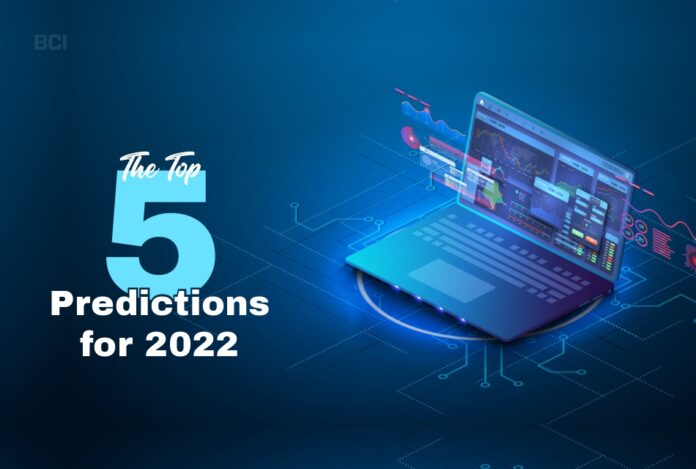Data analytics will highly transform the way we live and operate our businesses in the future. Analytics is already instrumental in technology devices and affects our daily lives. For instance, when you try to avoid traffic jams or identify waste in business processes.
In the tech-friendly world, data has become the operational currency. Around a decade ago, data started growing exponentially and since then the growth trajectory has been upward. The top contributors to this growth rate have been the internet which includes the use of social media, text messages, media files, and web searches. Also, IoT has majorly contributed to data through devices and sensors. Altogether, these factors are driving the global big data market growth.
The analysts have predicted that data will continue to grow at this rate and soon be difficult to handle. We are operating in terms of big data now which has forced businesses to rope in data analytics which will be capable to harness complex data processing.
What is data analytics?
The pursuit of extracting information from raw data with the help of specialized computer systems is called data analytics. These computer systems can organize, transform, and model the data to draw conclusions and identify patterns.
Data analytics can be further categorized into four types:
- Predictive data analytics
- Prescriptive data analytics
- Diagnostic data analytics
- Descriptive data analytics
Other FAQs related to data analytics:
-
What data are google analytics goals unable to track?
The customers’ lifetime value cannot be tracked by google analytics goals. It can only track four types of metrics as a goal i.e. Pages/Session, Destination, Event, and Duration. With a Lifetime value report, one can understand the value of different users for the business based on lifetime performance. As this is not just a number but a complete metric it cannot be tracked by google analytics goal.
-
What data does google analytics prohibit collecting?
Google policies do not allow data that can be termed as personally identifiable information (PII), which is to protect user privacy. PII consists of personal information like email addresses, personal numbers, and social security numbers.
-
What are the options for filtering data in google analytics?
Google analytics offers two types of filters for data – Predefined Filters and Custom Filters. The Predefined filters are for beginners because they are easy to set up. On the other hand, Custom filters can be divided into four types- Exclude/Include, Lowercase/Uppercase, Search and Replace, and Advanced.
According to predictions, data analytics and IT services will be growing at 16% to 18% in the coming five years. So, here are the top 5 predictions for 2022:
-
Data will continue to grow and soon migrate to the cloud:
In the coming years, the amount of data volume will be increasing at a rate difficult for us to comprehend. Big data was transformed into the cloud in search of more elasticity. Currently, several cloud infrastructure providers will offer agility, scalability, and ease of use. These cloud solutions need to upgrade alongside to sustain the rising data volumes.
-
Advanced Machine Learning will further augment the landscape:
Machine Learning (ML) had played a huge part in big data. ML is going to highly impact the future of everyday operations and business processes. It is predicted that ML will further be improvised with the application of an unsupervised machine learning approach, deeper personalization, and cognitive services.
-
High demand for Data Scientists and CDOs:
The Chief Data Officers (CDOs) and Data scientist profession are relatively new but the need for these data experts is already high in the market. With the rise of data volumes, the demand for these professionals will equally rise.
-
Data Privacy will be a bigger priority:
Since the digital revolution, data security and privacy have always been a topic of debate. The rise of data volumes will create additional challenges in protecting it from potential cyber threats and intrusions. Cybersecurity will further be advanced and improved to protect large volumes of data.
-
Fast data & Actionable data will be at the forefront:
In the coming years, ‘fast data’ and ‘actionable data’ will notice a surge. Fast data enables the users to process in real-time streams. The big data can be processed through data analytics within a millisecond. This will further enhance the value of the organization and make business decisions and take action when data arrives.
Better decision-making with Data analytics
Data analytics initially ‘supported’ the decision-making process, but in the future, it will enable ‘better’ decision-making. When multiple data sources are combined with analytics it results in new and better insights. For instance, you can combine sales, location, and weather data to understand the working of certain stores and how to increase their profits by improving the process.
We are familiar with the competition between automobile industries for delivering the first automated vehicle. According to the predictions, a decision influenced by data analytics and automated services will be more accurate. By leveraging this, automated vehicles will be more reliable.
To stay relevant in the upcoming future, it will be important for the companies to stay abreast of the trends. The companies should outline an effective plan and secure the right talent beforehand as strategic investments which is one of the prominent reasons why future of data analytics seems bright. Also, the priority will be to create process strategies for maintaining clean data across all systems.
To read more such amazing content follow our blog.




